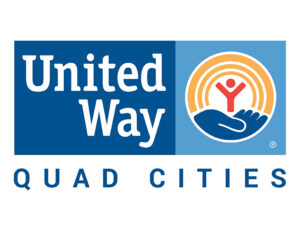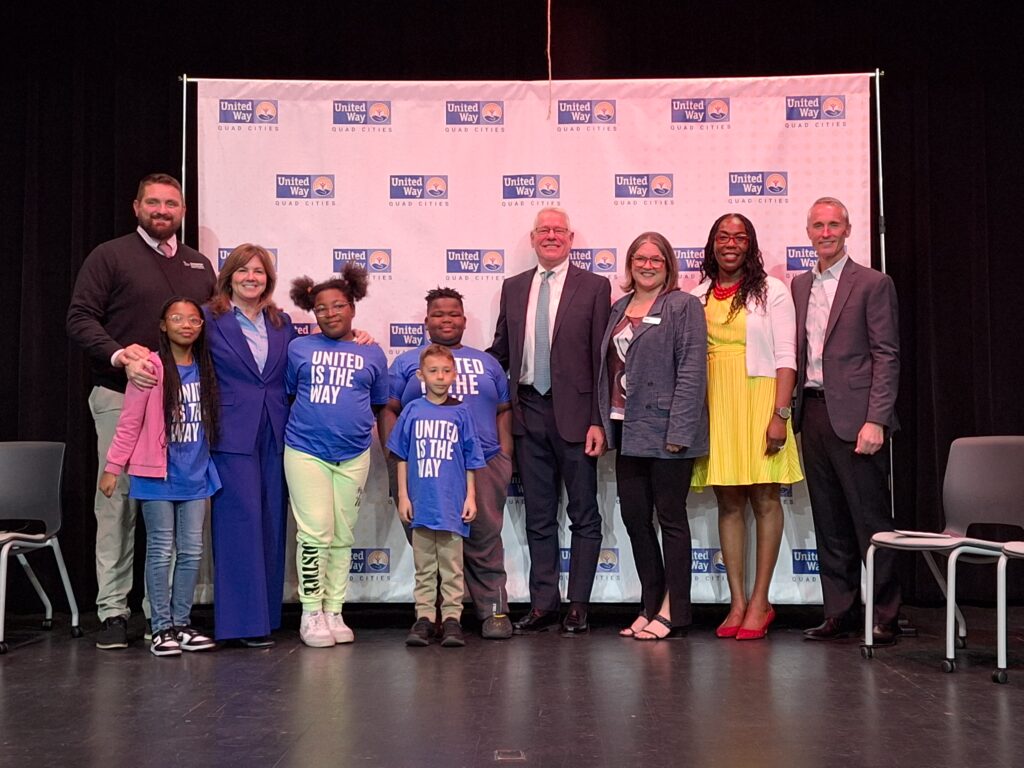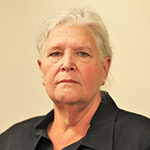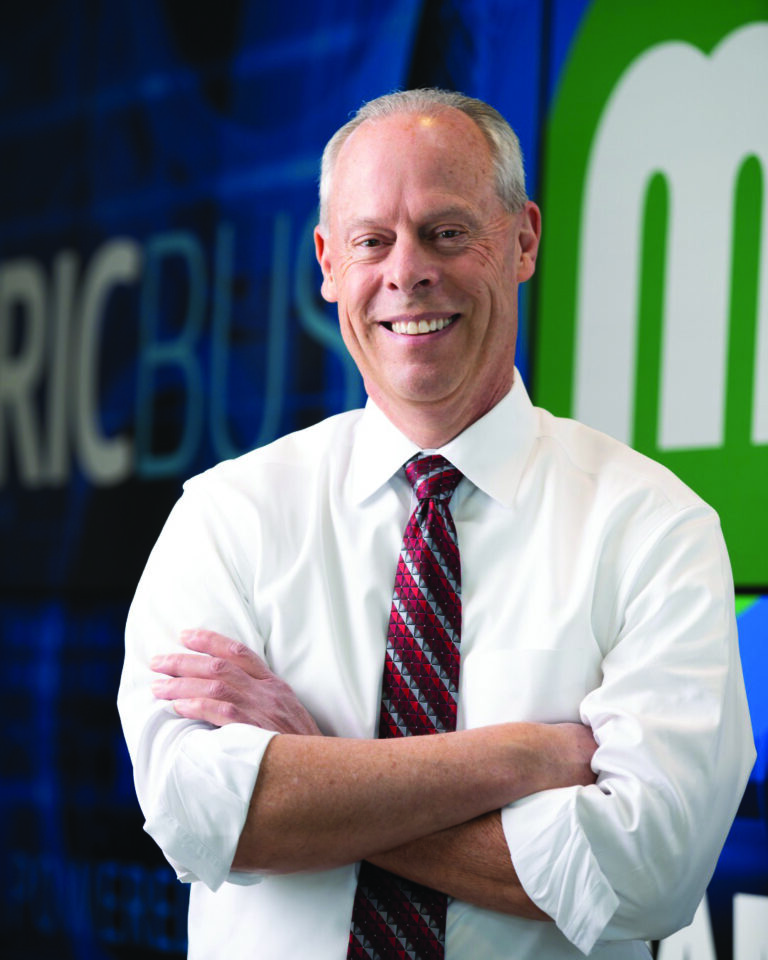With a $1 million Community In Schools (CIS) “catalytic grant” public-private partners led by United Way and local leaders will expand a program already making significant progress in breaking down barriers to learning at a pair of Quad Cities schools.

The grant will increase the number of schools to be served in Rock Island and Scott counties to five in all. It is the result of a collaboration between United Way Quad Cities, the United Way Education Council, area school boards, business leaders, funders and nonprofits.
The ground-breaking expansion was announced at a news conference crowded with stakeholders on Friday, Oct. 18, at Madison Elementary School in Davenport. It is one of two Title 1 Quad Cities schools that have benefited from the United for Schools program. The other is Washington Elementary School in East Moline.
Including those two, the five Title 1 schools schools participating in CIS program during the 2025-2026 school year will be:
- George Washington Elementary School, Moline.
- Jefferson Elementary School, Davenport.
- Madison Elementary Schools, Davenport.
- Rock Island Academy, Rock Island.
- Wells Elementary School, East Moline.
Title 1 schools largely serve students of color and those from low-income backgrounds. They rely heavily on public funding that doesn’t cover all the critical support students need and can’t get. United Way President and CEO Rene Gellerman estimated only 55% of third graders in those schools are reading proficiently. Evidence shows that children who are reading on grade level in third grade are four times more likely to graduate. They are three times as prepared for college or career. That matters, she said, because “when these kids grow up and graduate, 70% of the jobs are going to require a degree or certification.”
Facing significant barriers
The disparity occurs because students in the targeted schools face “significant barriers,” Ms. Gellerman said. One in five live in poverty, many have experienced at least one episode of trauma. And an increasing number of those children English isn’t their first language.
“We know the time for action is now, all of us working together,” she added. “Public education should be the great equalizer and we are now, more than ever, fully committed to making that reality for every single child in the Quad Cities.”
In 2021, United Way launched United For Schools at Madison and Washington Elementary School. It addresses those challenges through such things as delivering essential supplies to students, providing books, lifting teachers’ spirits, giving kids haircuts and helping 551 children with eyeglasses so they could see to learn. It’s working.
“We’ve seen improvements in attendance, behavior and student achievement and we know that we could and even must do more,” Ms. Gellerman said.
Bob Waterman, Jr., is an attorney at Lane & Waterman in Davenport and vice chair of the United Way Quad Cities Board of Directors. He said, “With a catalytic challenge grant of $1 million from the Ballmer Group and Communities in Schools and the early support of numerous local companies and foundations we now have the opportunity to scale up United for Schools from two to five Title 1 schools in the region through private-public partners.”
Mr. Waterman added “As a member of the Quad Cities business and legal community for the past 43 years I know that investment in education isn’t just good for students, it’s good and smart for our community. When our children succeed, so do our businesses and our economy. This success builds our future workforce and long term success for our entire region.”
2,000 students impacted
By expanding United for Schools across the Quad Cities, Ms. Gellerman said the program will support more than 2,000 students. It also will more than double the number of kids that have been reached over the past two years.
The $1 million CIS grant will be combined with the $1 million that is being collected by the United Way fundraising campaign from generous Quad Citians and businesses. The program’s aim is to increase the number of third graders reading at grade level by 30% by 2030. It will do it by meeting students where they live and giving them the resources they need when they need them so they can focus on learning.
Cassie Stewart, vice president of education for United Way Quad Cities and a former school administrator, also celebrated what the new partnership will do. “Today feels like a turning point, the moment when the cavalry has arrived to lock arms with the educators,” she said.
T.J. Schneckloth, superintendent of the Davenport Community School District, said this partnership has been in the works for several years. What makes it special, he said, is “that you have schools and our community members and our village, so to speak, coming together to eliminate barriers for our students.”
He called Madison Elementary “the heart of our city. And some of you got to meet some of our students this morning, and they’re just absolutely beautiful and incredible human beings and deserve every opportunity that life should afford them.”
Dr. Kristin Humphries, superintendent of the East Moline School District and the chair of the United Way Education Council, said support from partners like CIS is critical to all students’ success.
Private investment key
“On average 80% of every public school dollar goes to staffing and expenses, leaving little to address the complex challenges that many of these families and students face,” Mr. Humphries said. “This program fills those gaps providing crucial support that schools can’t. That’s why private investment is crucial.”

He added, “We see a change in these two pilot programs and the change is inspiring. … It makes me want that for all of our children in the community.”
The Community in Schools program covers 26 states and 3,400 school districts, Shaunna D. Finley, its senior advisor of district and community engagement, told local leaders gathered at the central Davenport elementary school.
“Quad Cities was selected because of what you just heard about the community’s commitment, your commitment, to addressing systemic issues and the success of the United for Schools,” she said from the Madison stage. “You’ve created the foundation for us to accelerate the local support.”
She stressed that with CIS, local districts are in control.
“We don’t lead the work,” she said. “We’re just here to come alongside to help you all look at data, access your impacts and go out and strengthen the partnerships that you already have created in this local community.”
The CIS model centers on providing site coordinators, Ms. Finley said. “They are caring adults who build those trusting relationships with students … to ensure they get what they need so that they can achieve in life. It could be clothing, it could be food, it could be mental health or academic supports as needed.”
CIS delivers results
More than 200,000 students across the nation have benefited through the organization’s targeted case management support. “Over 90% of those students stay in school and progress to the next grade,” Ms. Finley added. “This success is rooted in strong relationships with school leaders, families, teachers and the community partners that you all have here locally.”
The need for such help is significant and growing.
As Quad Cities leaders know well, Ms. Finley said, “One in four of our children in this community live in poverty. These students come from tough circumstances and they have a lot going on in their lives and they need someone who understands them and who won’t judge them, but will help them build that hope.”
If schools only focus on academics without considering the whole student “we risk losing them to despair. It’s not a program that changes people, it’s being in a relationship,” she said of CIS.
Leveling playing field
The United for Schools expansion is part of United Way Quad Cities’ broader $5.75 million Call to Rise United campaign, United Way said in a news release. The focus is closing achievement gaps, improving kindergarten readiness and ensuring students thrive academically and beyond.
United for Schools is funded by local businesses, foundations and individual donors. They are providing the necessary resources to support student success. Leadership investors include Quad City Bank & Trust, Hubbell-Waterman Foundation, Arconic Foundation, Regional Development Authority, American Honda Motor Co., Inc., University of Iowa Health Care, Along with community-minded families, individuals and organizations they have raised nearly $1 million for United Way’s United for Schools initiative.
That is one half of what United Way needs to meet the program’s three-year target with the Call to Rise United campaign. Communities in Schools and the Ballmer Foundation will provide the $1 million match for United for Schools beginning in January 2025.
Mr. Waterman said of those investments “The promise of public education is to provide a level playing field for all students. But today many students of color and those living in poverty may start out on a different playing field than their peers.”
He added: “As a result they don’t have access to the same opportunities to change the playing field. The evidence shows that the community and schools integrated student supporter model can level the playing field for students, helping them overcome the obstacles they face and achieve success in school and life.”








